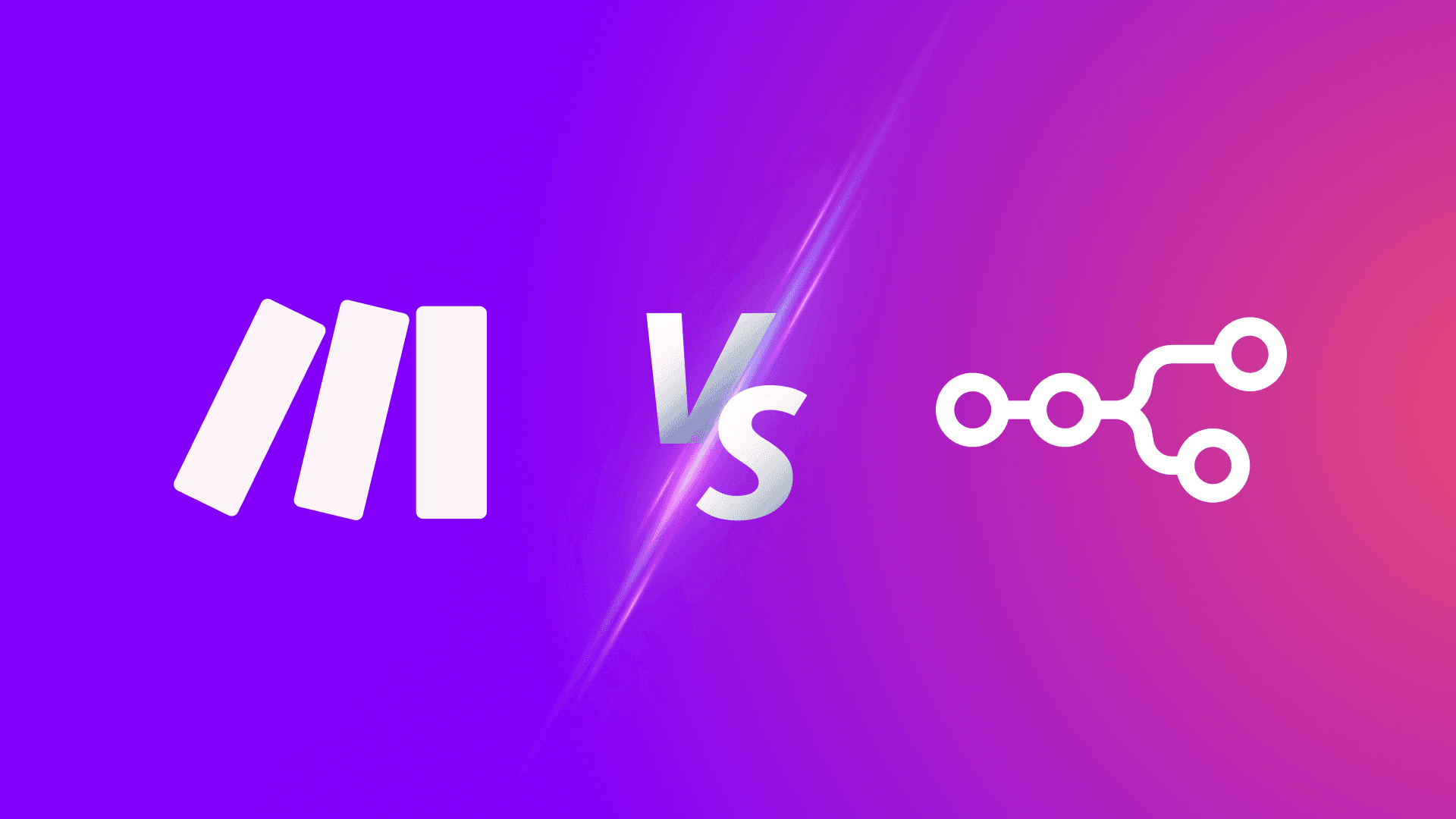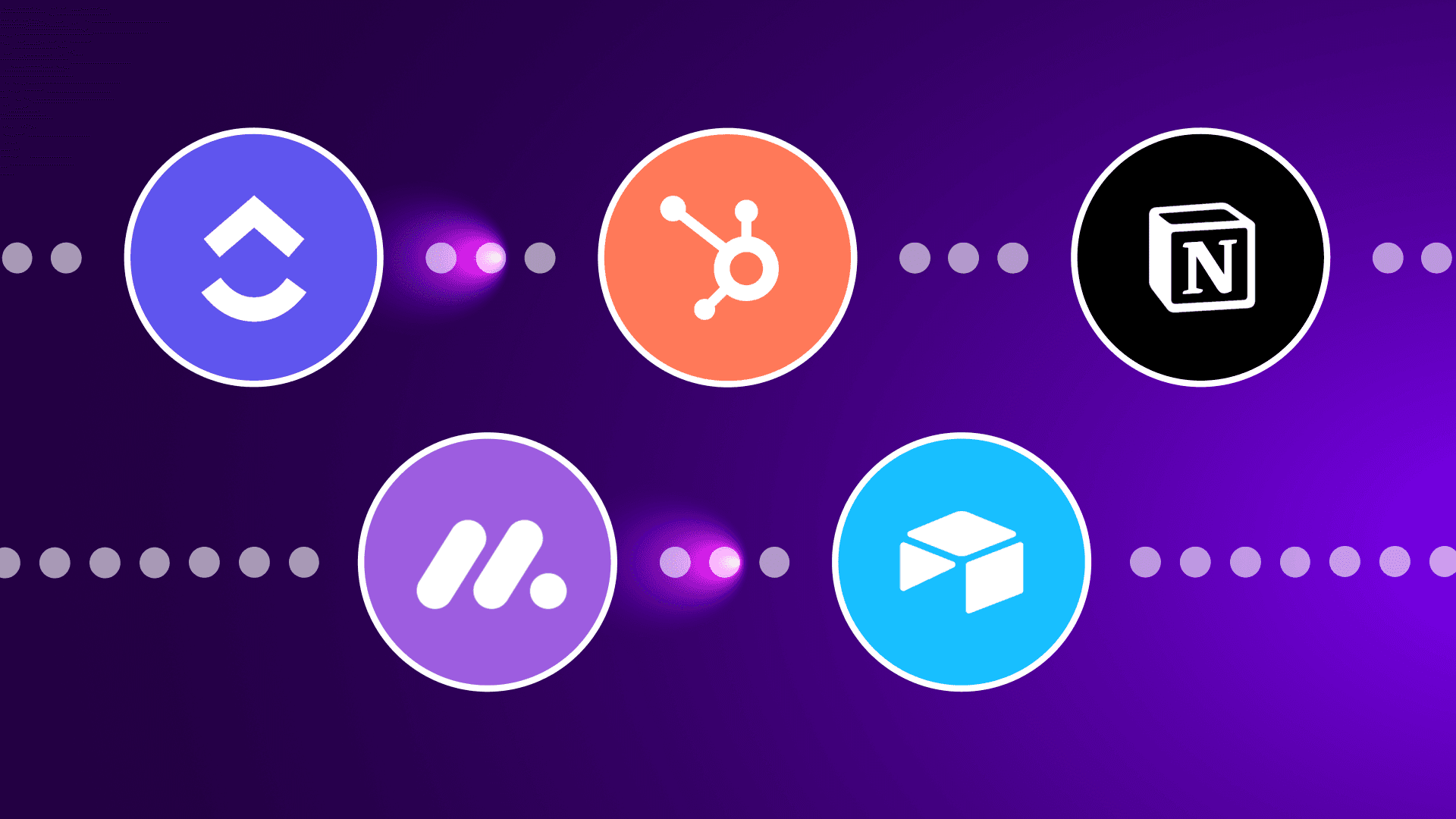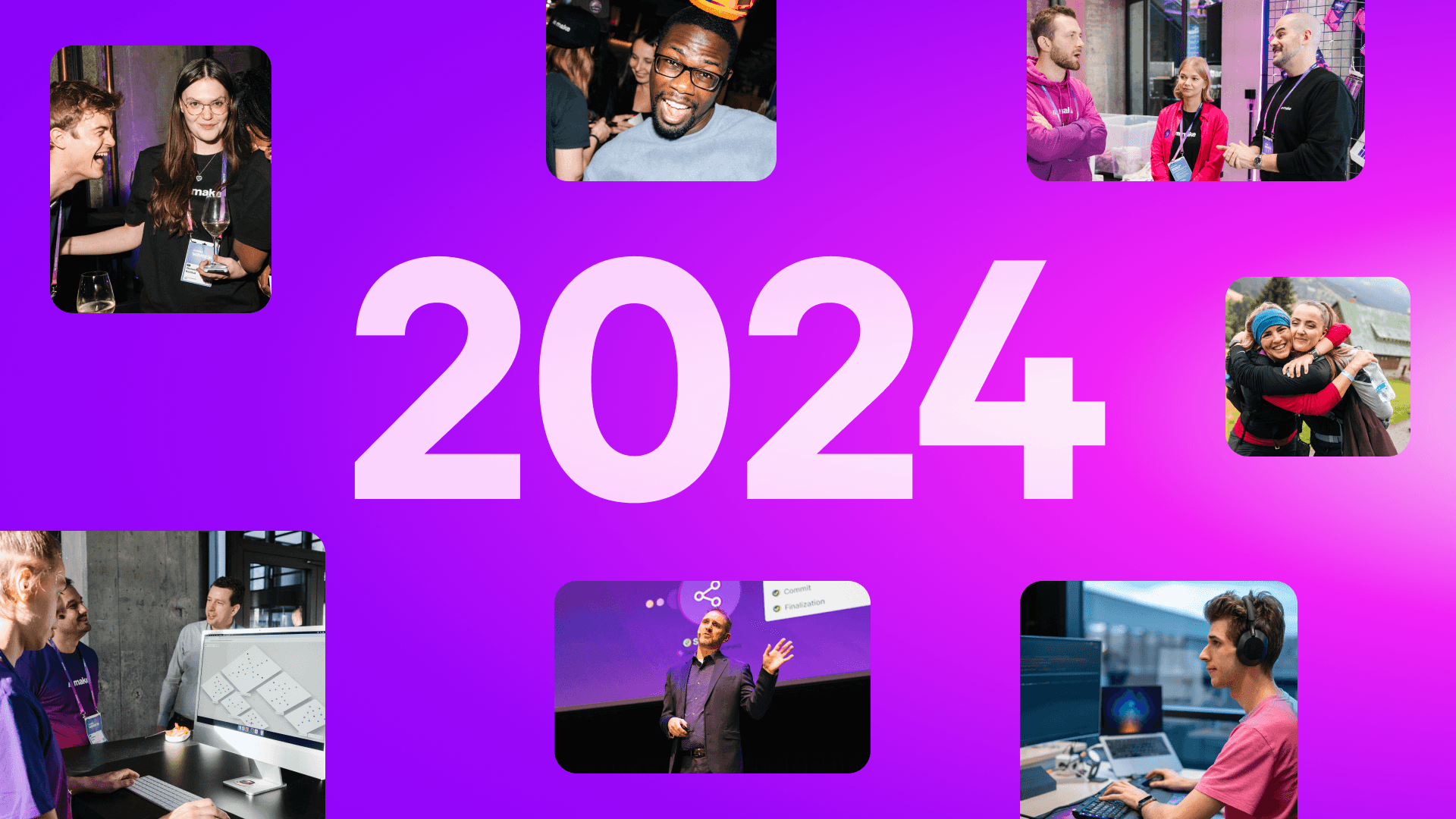Jan 8, 2025 | 3 minutes
Make vs n8n: How to make the choice in 2025

As a key player in the automation industry, Make has been a driving force of innovation in the sector since 2016. The automation landscape is of course constantly evolving with new entrants to the market emerging all the time. Some stay and carve out a niche for themselves. Others may not last quite so long.
Our customers often come to us from other platforms like Zapier that they’ve simply outgrown. Others tell us that they chose us because they’ve weighed up our strengths against some of the newer players in the industry and decided that we are the better option.
One example of this is when customers tell us that they’ve been comparing Make and n8n. So we thought we’d do some of the heavy lifting for you and assess some of the key differences. Let’s dig into the details.
A unique user-friendly and visual interface
A key focus for Make is its visual approach to workflow automation. Within Make, automations contain modules and animations that illustrate the actions you’re automating and where your data is flowing to. This is one of the core benefits of Make - the intuitive drag-and-drop interface allows users to see what they’re doing, meaning they can visually create, build, and automate to their true potential.
In contrast, customers tell us that the n8n user experience is not as sophisticated. What they find is a complex user interface with a very steep learning curve. As an example, it’s difficult to import and map data. Building inline functions is also complex as users have to code these themselves and can’t neatly drag and drop them.
An Enterprise-ready solution
Make operates across multiple server zones and has a proven ability to scale effectively. This infrastructure advantage allows customers to deploy business-critical automations with confidence meaning Make is a strong choice when it comes to Enterprise-grade reliability and scaling.
Other Enterprise benefits include built-in GDPR, SOC2 Type II compliance and security, data encryption, company-wide single sign-on (SSO), and premium 24/7 customer support. These are just some of the reasons why Make is trusted by thousands of fast-scaling organizations around the globe.
In contrast, n8n users commonly report local deployment and maintenance issues when updating their n8n instance - along with node maintenance and reliability concerns. Taken as a whole, this makes the platform less attractive as an Enterprise option.
Agentic capabilities
Both Make and n8n have agentic offerings of course. But there are some key differences that may be useful to understand when making a choice between the two.
Make and n8n AI agent capabilities differ in their approach to reusability and scalability. Make AI Agents are reusable and can be used across multiple workflows, while n8n focuses on enabling tech-savvy builders to create custom solutions. Through the use of its MCP Server, Make enables scenarios to be modularized as callable tools, providing a standardized and secure way to reuse logic across various agents and models - which is crucial for enterprise-grade scalability and governance.
While n8n offers an environment for technically savvy users, Make's approach to modularization and reusable agents simplifies the creation and management of complex AI systems for a broader technically-minded audience.
As an example, in Make, users can provide their agent with reusable context by uploading files - and the agent will always have access to these files in context. This is considerably easier than doing it the n8n way which requires building a RAG workflow with vector databases. This is particularly useful when building an agent as it allows users to upload multiple files to ensure the agent has immediate understanding of the organization’s strategy.
Combined with this, Make Grid provides Make users with a real-time, auto-generated map of their entire automation and AI landscape. This helps users visualize and understand their AI-driven workflows and allows them to see and comprehend the relationships and data flow between different components. Make Grid provides transparency into how data is processed and enhances observability by allowing teams to monitor their automation landscape and troubleshoot problems quickly.
An out-of-the-box solution
A core benefit of Make is its almost immediate usability. While n8n appeals to technically skilled users with DevOps experience, not all automation needs to be customized. With Make it’s the blend of pre-built solutions and customization that gives you the flexibility to invest scarce development resources only where needed.
If one of the key benefits of no-code solutions is to get you up and running with less complexity, Make is undoubtedly the better option. Make presents itself as a more polished, business-ready solution - while n8n may be attractive if you have a lot of time on your hands, strong technical expertise, and a desire to code.
Superior integration ecosystem
Make customers consistently reference the extensive integration library as a key differentiator. While n8n relies heavily on HTTP requests for connectivity, Make provides native integrations that are easier to implement and maintain.
Indeed, with over 2,400 pre-built apps, Make gives customers the power to respond quickly to new market demands. Beyond this of course Make also offers the flexibility of connecting to anything with an API.
Pricing models
Different platforms offer different pricing models. Some can be more attractive than others. But some can have hidden costs. So let’s dig into this a little more.
As an example, n8n offers self hosting at no cost, which is great if you have the skills and infrastructure to support that. However not everyone does or indeed wants that. What’s more, in the absence of these skills, the costs of maintenance can make what seems initially like a good option suddenly become a very expensive option.
n8n also charges per complete workflow execution, while Make charges per individual operation within a workflow. Depending on the type of process you are automating, one will likely be more cost effective than the other.
For example, processes that don't run very often - but have many data executions - will likely be cheaper with n8n (eg processes related to tax filing). Meanwhile, processes that run often - but don't have a high volume of data action - will likely be cheaper with Make (eg processes related to updating data files like CRM data or support ticket status).
Making the choice
Competition in the automation industry is always welcome as it keeps the landscape fresh and vibrant. Both Make and n8n have strengths, but overall Make emerges as the more rounded, robust, professional and business-ready solution. For organizations looking to implement cloud SaaS automation at scale with easier-to-use capabilities, Make is the clear choice.
It can be for you, too. To get a first-hand impression of what Make can do for you and your business, sign up for a free Make account now. This article was updated in August 2025




